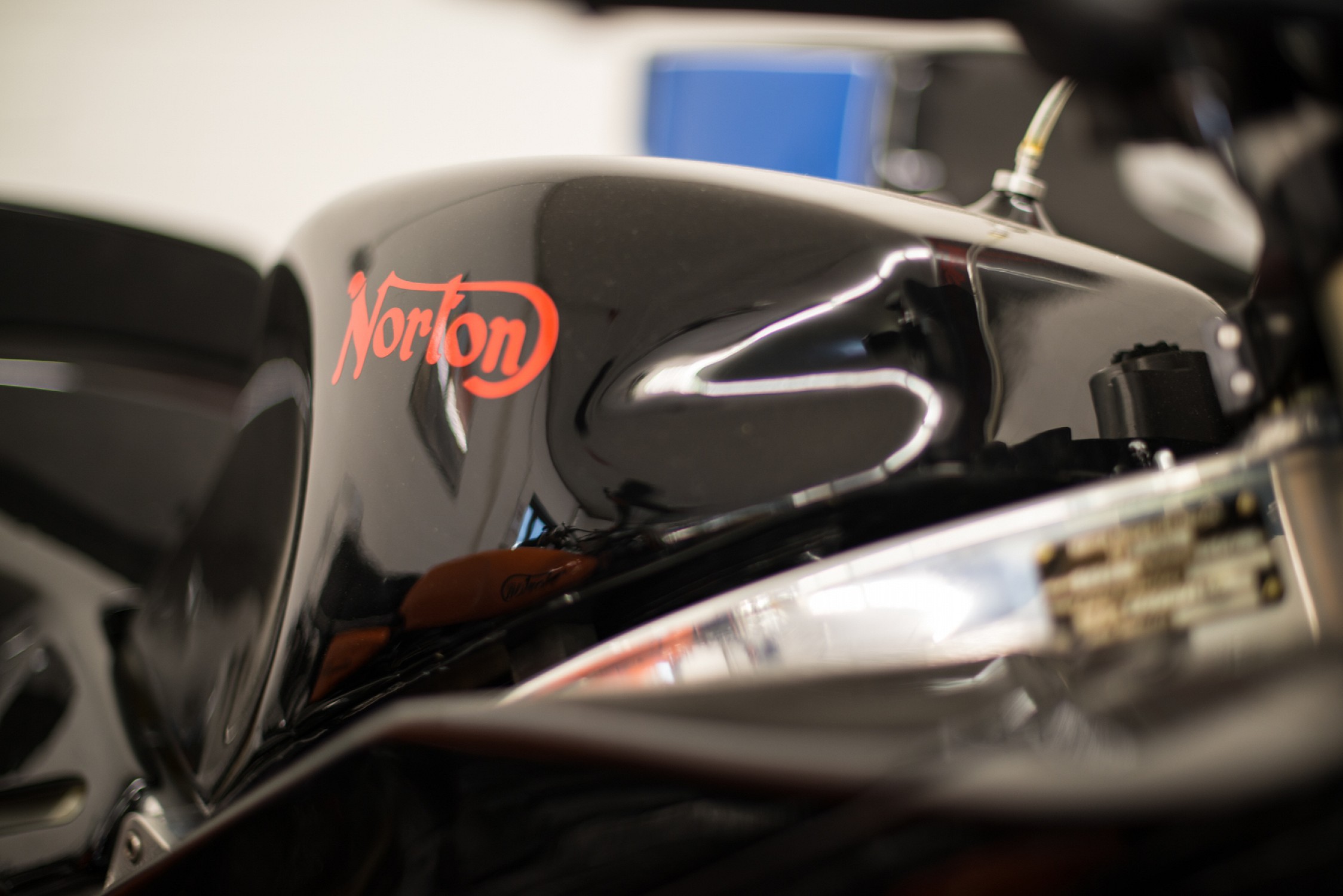Well, I spent all day on it! But that did include getting the tyre and tube off the old wheel, breaking it down and polishing the hub. The new rim and old hub are now laced. The nipples are snug with the rim, but I've not yet started truing the wheel, nor getting the offset right. It doesn't look very true at the moment and the outside spokes have a slight arc to them.
I think the only thing I did wrong (so far!), is judging which hub hole to start the 2nd round of inners (the offside). As they're not directly in line with the other side of the hub. It was 50:50 and i guessed wrong. By the time I'd finished the 1st row of outers (on the disc side) it was clear the offside inners looked too long, so i had to undo the outers and that round of inners, to move them round one hole. How I laughed!
Will start again tomorrow. It's definitely something that takes a bit of practice!



